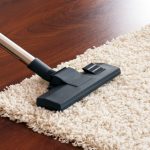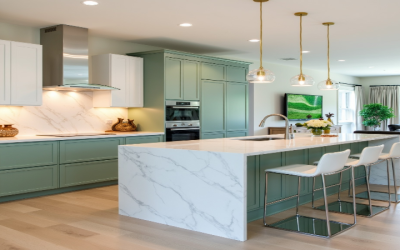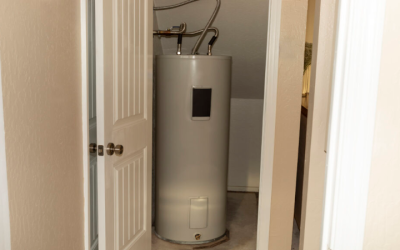There are different options available in virtually all components and materials used in industrial applications and process. When it comes to aluminum smelting, there are several different uses for carbon blocks with quality being a central factor in all applications.
One of the most common uses of these materials is in the lining of blast furnaces. These hearth linings and sidewall blocks can be large or small, and there may be specific requirements that the blast furnace operators require. Choosing a supplier offering the highest quality product over buying at a cheap price can result in additional cost savings over time and higher levels of overall blast furnace efficiency.
Specific Types of Blocks
Not all carbon blocks are the same, and there are differences in production or composition of the blocks that can add to the cost of the product. On the other hand, these additional elements or compositions may have the desirable traits that make them a better choice for a specific type of application.
There will always be a mixture of carbon as well as binders and fillers in any of the blocks produced. They can then be extruded or molded and baked or hot pressed with an electrical current that allows for a much faster process that takes minutes rather than weeks or days to produce.
With some of the methods, particularly the hot press method of production, the porosity of the carbon blocks is greatly reduced through the application of pressure during the release of gasses when the electrical current is applied. The result in an impermeable carbon rather than the more porous types of blocks formed using a traditional baking method where the gasses escape, and the void remains in the block, creating a permeable end product.
Choosing the right product in blocks, either carbon, graphite or semi-graphite, is an important decision. Working with a top supplier will be critical in ensuring the selection made is the best option for quality, price, and performance for your specific application.








